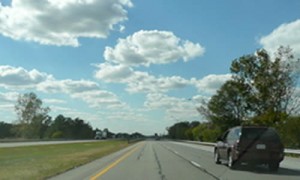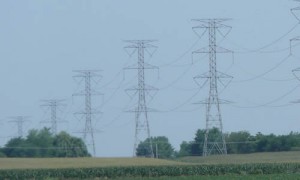 A highway is a large scale road connecting several destinations. Any interconnected set of highways can be variously referred to as a “highway system”, a “highway network”, or a “highway transportation system”. Major highways are often named and numbered by the governments that develop and maintain them, such as national highways in the US Interstate system like I-65 or US 30. (This is not the case in the United Kingdom where every road and path is considered a “highway.”)
A highway is a large scale road connecting several destinations. Any interconnected set of highways can be variously referred to as a “highway system”, a “highway network”, or a “highway transportation system”. Major highways are often named and numbered by the governments that develop and maintain them, such as national highways in the US Interstate system like I-65 or US 30. (This is not the case in the United Kingdom where every road and path is considered a “highway.”)
The historical development of highways began with prehistoric communities and kingdoms building pathways and roads between settlements, sometime following the trails of animals and human foot paths. Over time, and through later periods of civilization, roads grew to connect towns and cities and traffic included animals going to markets, wheeled carts, and wagons. The modern highway is designed to accommodate motor vehicles like cars and trucks.


